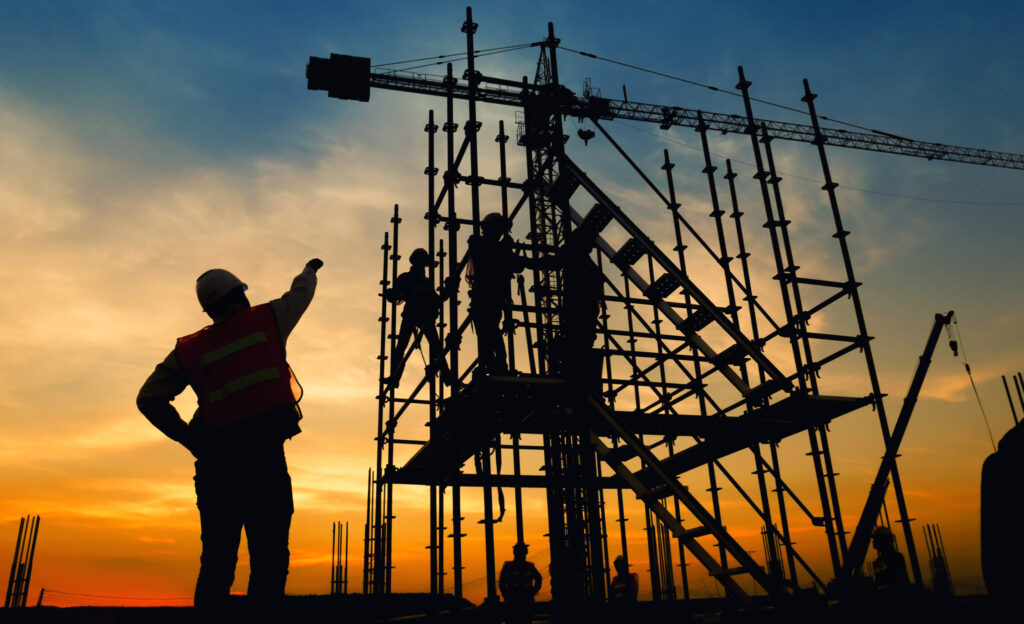Welcome to the ultimate guide to anchor point installation in Sydney! Whether you’re a professional working at heights or a business owner responsible for the safety of your employees, understanding the importance of anchor points in ensuring safety is crucial.
In this comprehensive guide, we’ll delve into the key safety essentials and tips for anchor point Sydney installation, equipping you with the knowledge needed to establish a secure environment for work at elevated heights.
Chapter 1: Understanding Anchor Points
Anchor points serve as critical components of fall protection systems, providing secure attachment points for lifelines, lanyards, or other forms of tie-off. These points are essential for preventing falls and minimizing the impact of a fall should one occur. It’s important to recognize the different types of anchor points, including fixed, temporary, and permanent, each serving distinct purposes in various work environments.
Understanding the relevant industry standards and regulations related to anchor point installation is essential to ensuring compliance with safety protocols and legal requirements. By familiarizing yourself with these standards, you can ensure that anchor points are installed and utilized in accordance with best practices and guidelines.
Chapter 2: Safety Essentials for Anchor Point Installation
Proper installation of anchor points requires a range of safety equipment to ensure the protection of individuals working at heights. This includes harnesses, lanyards, and connectors, which play a vital role in securing individuals to anchor points.
Additionally, careful inspection and testing of anchor points before use are essential to verifying their structural integrity and reliability. It’s imperative to emphasize the importance of training and certification for those involved in anchor point Sydney installation, as this ensures that individuals are equipped with the necessary skills and knowledge to carry out their responsibilities safely and effectively.

Chapter 3: Tips for Effective Anchor Point Installation
Selecting suitable locations for anchor points is a critical step in the installation process. We’ll provide step-by-step guidance on identifying and assessing locations to ensure that anchor points are strategically placed for maximum safety and functionality.
Furthermore, practical tips for securing anchor points onto various surfaces, such as concrete, steel, or wood, will be discussed, addressing the specific considerations and techniques for each surface type. Additionally, we’ll explore common challenges encountered during anchor point installation and offer best practices for maintaining installed anchor points over time, ensuring their long-term effectiveness and safety.
Chapter 4: Ensuring Compliance with Regulations
Understanding the legal obligations and responsibilities associated with anchor point installation is paramount.
We’ll outline the regulatory requirements and offer resources and references to stay updated on industry standards and guidelines. Emphasizing the significance of regular maintenance and inspections, we’ll highlight the importance of ongoing compliance with regulations to uphold safety standards and protect individuals working at heights.
Conclusion
In conclusion, this guide has provided a comprehensive overview of Anchor Point Sydney installation safety essentials and tips, equipping you with the knowledge and insights necessary to prioritize safety in elevated work environments.
By adhering to best practices and complying with regulations, you can create a secure and protective environment for individuals working at heights. We encourage you to implement the insights gained from this guide, prioritizing safety and ensuring the proper installation and utilization of anchor points in your work environment.

